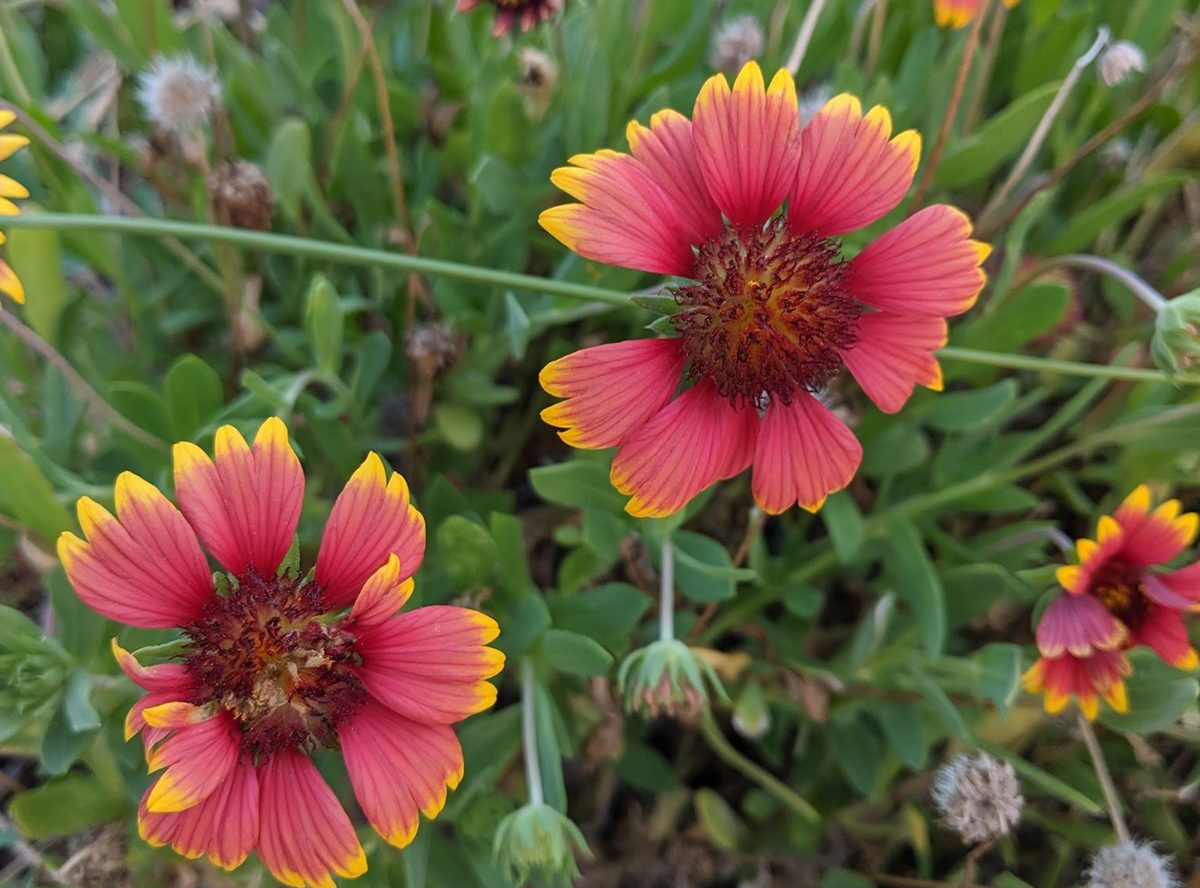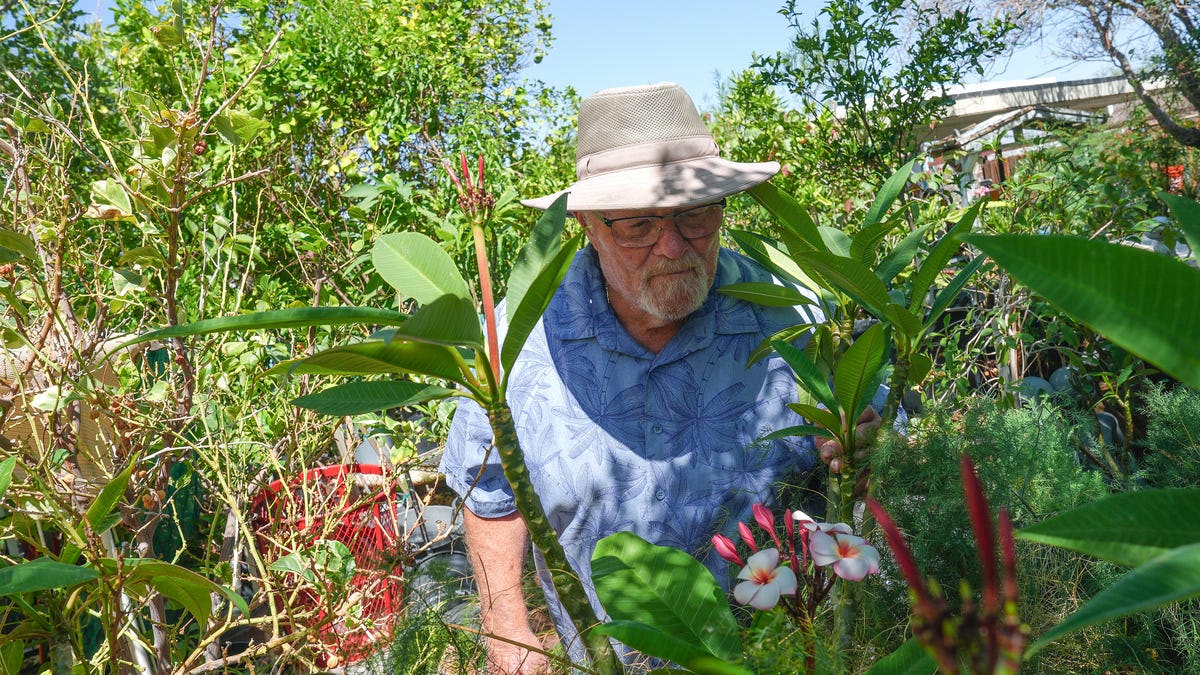As springtime blossoms, digging into the joys of gardening is a great way to welcome the season. Many seniors can find comfort and peace in the process of planting a seed and watching it grow. For older adults, gardening is more than just a relaxing pastime. It’s a delightful way to stay active, enjoy the fresh air, and brighten each day with purpose. Whether you have a spacious backyard or just a sunny windowsill, this fun and accessible hobby can be easily adapted to your space and ability. In this Seniors Helping Seniors blog, we’ll discuss how gardening supports healthy aging and share tips to help you, or your loved one, create a manageable garden that brings color and joy to everyday life.

Why Gardening is a Perfect Senior Wellness Activity
Gardening is a beautiful way for seniors to nurture not just plants, but their own health and well-being. This engaging hobby promotes healthy aging by combining physical movement, mental stimulation, and emotional satisfaction. It checks so many boxes regarding senior wellness. Gardening is adaptable, affordable, and brings tangible physical and mental health improvements such as:
- Improving flexibility and mobility through light activity like bending, digging, and planting
- Strengthening muscles and joints, supporting independence, and fall prevention
- Enhancing cardiovascular health with regular movement
- Boosting mood and reducing feelings of depression and anxiety
- Promoting mindfulness, which can reduce stress and improve sleep quality
- Encouraging cognitive engagement through planning, problem-solving, and sensory input
- With the support of a Seniors Helping Seniors caregiver, older adults can enjoy the full benefits of gardening without the strain. Our caregivers can help with the physical work and share in the fun, making gardening safe, accessible, and more enjoyable than ever.
Adaptable Gardening Tips for Every Space and Ability
No matter what kind of space you have, whether it’s a house with a yard, an apartment with a balcony, or just a sunny window, gardening can fit beautifully into your routine. Having a green thumb isn’t required to get started, you just need the right approach. Seniors should start small with a few manageable plants and build from there. Raised beds are ideal for reducing strain on your back and knees, while container gardening is perfect for smaller spaces. Seniors Helping Seniors caregivers can help select the right setup for your needs, assist with carrying tools or pots, and offer a steady hand for planting and watering. Whether you’re growing vegetables on a patio or tending flowerbeds in the yard, our caregivers help keep gardening fun, fulfilling, and stress-free.
Easy Plants for Every Style of Gardener
Gardening is about growing happiness; you don’t need a big yard to enjoy the process. Whether you’re hoping to add a little color to your home or plant your own herbs for home-cooked meals, there are beautiful, beginner-friendly options for every space. And with a Seniors Helping Seniors caregiver helping with tasks like setting up containers, carrying soil, or watering, it’s easy to get started. Let’s first find the garden that fits you best:
The Kitchen Window Garden: For seniors living in apartments or anyone who loves to keep things close and convenient, try starting a mini herb garden inside your home. A sunny windowsill, some cute containers, and a few of your favorite herbs are all you need to cultivate a collection of fresh flavors you can add to every meal.
The Sunny Porch Garden: Do you have a balcony, patio, or porch? You’ve got a garden! With the right pots and a splash of sunlight, container plants or veggies bring color, scent, and even fresh food just outside your door. Some good starters include tomatoes, peppers, petunias, or geraniums.
The Colorful Backyard Garden: Transform your yard into a low-maintenance haven of color and life with native wildflowers. These resilient plants bring natural color and life to your outdoor space while requiring less care than many cultivated options, plus they support your local wildlife.
No matter which garden speaks to you, our team is here to help you start small and grow with confidence. With the right plants, the right space, and the right support, gardening becomes something you can look forward to every single day.

Tweet Treats: DIY Garden Bird Feeders
This craft is a creative twist on traditional Easter egg decorating, using embroidery techniques on felt eggs for a soft, textured, and long-lasting decoration.
What You’ll Need
- Liquid coconut oil
- Birdseed mix
- Silicone molds (any shape)
- Twine, string, or yarn
- Scissors
- Small bowls and spoons
- Tray or plate
Steps:
Prepare your workstation
Lay out all your materials. Cut pieces of string (about 8-10 inches each) — one for each feeder.
Arrange the string
Place a loop of string inside each silicone mold cavity so it sticks out a little. This will create the hanger once the feeder solidifies.
Mix the birdseed
In a bowl, mix your birdseed or nuts together.
Fill the molds
Spoon the birdseed mix into the silicone molds around the string, but leave a little space at the top.
Melt the coconut oil
Gently warm the coconut oil if needed until it’s fully liquid (it melts at around 76°F or 24°C).
Pour the coconut oil
Carefully pour the melted coconut oil over the birdseed in each mold until it covers the seeds and fills the molds.
Chill to solidify
Place the filled molds in the refrigerator (or freezer) until the coconut oil hardens completely — about one to two hours.
Pop them out
Once firm, gently remove the bird feeders from the molds.
Hang and enjoy
Hang your feeders outside in a shaded, cooler area to prevent the coconut oil from melting too fast!









